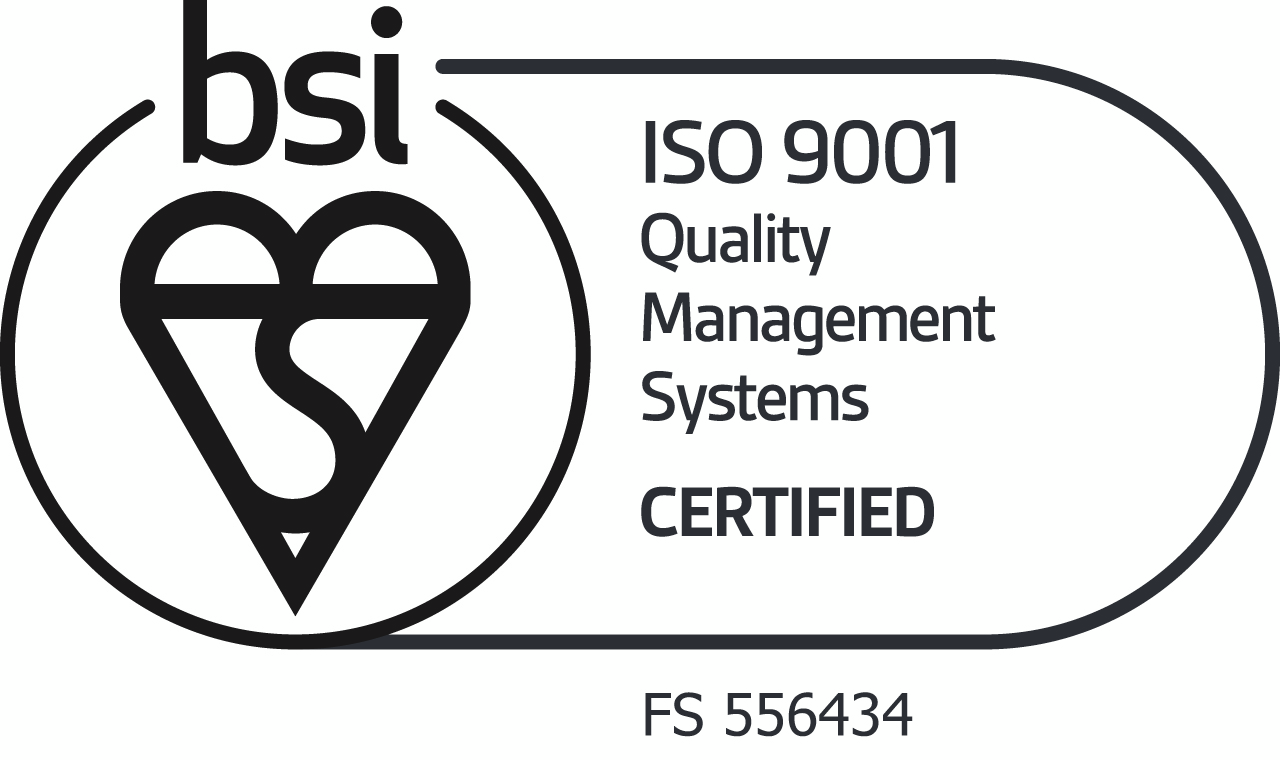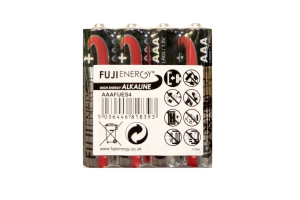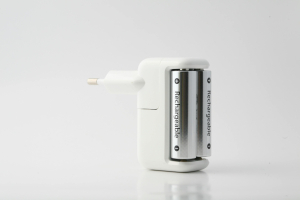
The Ultimate Guide to 12V Lead Acid Battery Chargers: Everything You Need to Know
Are you tired of dealing with dead batteries and unreliable charging? Look no further than our ultimate guide to 12V lead acid battery chargers. In this comprehensive article, we'll cover everything you need to know about these essential devices.
From explaining how 12V lead acid battery chargers work to outlining the different types available, we'll leave no stone unturned. Discover the key features to consider when purchasing a charger and learn about the charging techniques to ensure the longevity of your battery.
Not sure which charger is right for you? We'll provide you with a detailed breakdown of the best chargers on the market, helping you make an informed decision that meets your specific needs.
Whether you're a car enthusiast, RV owner, or someone who frequently uses 12V batteries, this guide is a must-read. With our expert knowledge and insights, you'll finally have the power to keep your batteries charged and ready for action. Say goodbye to dead batteries and embrace the convenience and reliability of 12V lead acid battery chargers. Get started on your journey to battery charging expertise today.
Understanding the basics of lead-acid batteries
Lead acid batteries are one of the oldest and most commonly used rechargeable battery technologies. They are widely used in a variety of applications, from automotive to industrial, due to their reliability, affordability, and relatively high energy density. Understanding the basic principles of lead acid batteries is crucial when it comes to selecting and using the right 12V lead acid battery charger.
Two lead plates immersed in a sulfuric acid electrolyte solution are at the core of a lead acid battery. During the discharge cycle, the chemical reaction between the lead plates and the sulfuric acid produces an electric current that can be used to power various devices. When the battery is recharged, the process is reversed, and the lead plates are restored to their original state, ready to be discharged again
One of the key characteristics of lead acid batteries is their ability to be recharged and reused multiple times. However, this process can be delicate, and if not done properly, it can lead to the premature degradation of the battery. This is where the importance of using the right 12V lead acid battery charger comes into play, as it ensures that the battery is charged efficiently and safely, prolonging its lifespan and performance.
The importance of using the right charger
Using the correct 12V lead acid battery charger is crucial for the health and longevity of your battery. Each battery type has specific charging requirements, and using the wrong charger can result in a variety of problems, including overcharging, undercharging, or even permanent damage to the battery.
Overcharging, for example, can lead to the buildup of hydrogen gas, which can be highly explosive. Undercharging, on the other hand, can result in sulfation, a process where the lead sulfate crystals on the battery plates become too large, reducing the battery's capacity and lifespan.
By using a charger specifically designed for 12V lead acid batteries, you can ensure that the charging process is optimized, providing the right amount of current and voltage to the battery. This not only helps maintain the battery's health but also ensures that it is charged to its full capacity, allowing you to get the most out of your investment.
Factors to consider when choosing a charger
When it comes to selecting the right 12V lead acid battery charger, there are several factors to consider to ensure that you make the best choice for your needs. Here are some of the key factors to keep in mind:
Charging capacity: The first and most important factor is the charging capacity of the charger, which is typically measured in amperes (A) or milliamperes (mA). The capacity you need will depend on the size and type of your battery, as well as the charging time you require. Larger batteries will generally need a higher-capacity charger to recharge them efficiently.
Charging stages: As mentioned earlier, some chargers use multi-stage charging, which can help optimize the charging process and prolong the battery's lifespan. Look for chargers that offer features like bulk charging, absorption charging, and float charging to ensure that your battery is charged safely and effectively.
Compatibility: Make sure that the charger you choose is compatible with the specific type of 12V lead acid battery you are using. Different battery types, such as wet cell, gel cell, and AGM, may require different charging profiles and settings. Choosing a charger that is specifically designed for your battery type will ensure optimal performance and safety.
Additional features: Some 12V lead acid battery chargers come with additional features that can be useful, such as automatic shut-off, reverse polarity protection, and overcharge protection. These features can help to prevent damage to your battery and ensure a safer charging experience.
How to properly charge a 12V lead acid battery
Properly charging a 12V lead acid battery is essential for maintaining its performance and longevity. Here are the key steps to follow when charging a 12V lead acid battery:
- Disconnect the battery from the device or vehicle: Before beginning the charging process, make sure to disconnect the battery from the device or vehicle it is powering. This will prevent any potential short circuits or damage during the charging process.
- Prepare the charging area: Choose a well-ventilated area to charge the battery, as lead acid batteries can release hydrogen gas during the charging process, which can be explosive. Ensure that the area is free from any potential ignition sources, such as open flames or sparks.
- Connect the charger: Follow the manufacturer's instructions for connecting the charger to the battery. Make sure to connect the positive (red) terminal of the charger to the positive (red) terminal of the battery, and the negative (black) terminal of the charger to the negative (black) terminal of the battery.
- Set the charging parameters: Depending on the type of charger you are using, you may need to set the charging parameters, such as the charging rate, voltage, and charging stages. Refer to the charger's manual and the battery manufacturer's recommendations to ensure that you are using the correct settings.
- Monitor the charging process: Keep a close eye on the battery and the charger during the charging process. Watch for any signs of overheating, excessive gas buildup, or other issues that may indicate a problem. If you notice any issues, disconnect the charger immediately and address the problem.
- Allow the battery to cool down: Once the charging process is complete, allow the battery to cool down before reconnecting it to the device or vehicle. This will help to prevent any potential damage or safety issues.
By following these steps, you can ensure that your 12V lead acid battery is charged safely and effectively, prolonging its lifespan and performance.
Common mistakes to avoid when using a battery charger
While using a 12V lead acid battery charger may seem straightforward, there are several common mistakes that people often make, which can lead to a variety of problems. Here are some of the most common mistakes to avoid:
- Overcharging the battery: Leaving a battery on the charger for too long can lead to overcharging, which can cause the battery to overheat, release excessive gas, and even potentially explode. Always follow the manufacturer's recommended charging time and disconnect the charger once the battery is fully charged.
- Using the wrong charger: As mentioned earlier, it's crucial to use a charger that is specifically designed for your 12V lead acid battery type. Using the wrong charger can lead to undercharging, overcharging, or even permanent damage to the battery.
- Connecting the charger incorrectly: Ensuring that the positive and negative terminals of the charger are connected to the correct terminals on the battery is essential. Reversing the connections can cause a short circuit, which can be dangerous and potentially damage the battery or the charger.
- Charging a frozen battery: Attempting to charge a frozen battery can be extremely dangerous, as the cold temperatures can cause the battery to crack or explode. Always allow a frozen battery to thaw completely before attempting to charge it.
- Neglecting battery maintenance: Regular maintenance, such as checking the water levels in wet cell batteries and cleaning the battery terminals, is essential for keeping your 12V lead acid battery in good condition. Neglecting this maintenance can lead to reduced battery performance and lifespan.
By avoiding these common mistakes, you can ensure that your 12V lead acid battery charger is used safely and effectively, helping to prolong the life of your battery and prevent any potential hazards.
Maintenance and care for your battery charger
Just like the batteries they charge, 12V lead acid battery chargers also require proper maintenance and care to ensure their longevity and optimal performance. Here are some tips for maintaining and caring for your battery charger:
- Clean the charger regularly: Over time, the charger's terminals and connections can accumulate dirt, dust, and corrosion, which can affect its performance. Use a clean, dry cloth to wipe down the charger's exterior and terminals regularly to keep it in good condition.
- Protect the charger from the elements: Exposure to moisture, extreme temperatures, and other environmental factors can damage the charger's internal components. Store the charger in a dry, well-ventilated area, and avoid using it in damp or wet conditions.
- Check the charging cables: Inspect the charging cables for any signs of wear, fraying, or damage. Replace the cables if necessary to ensure a secure and safe connection between the charger and the battery.
- Follow the manufacturer's instructions: Each charger may have specific maintenance and care requirements, so be sure to read and follow the manufacturer's instructions carefully. This will help you keep your charger in good working order and prevent any potential issues.
- Store the charger properly: When not in use, store the charger in a cool, dry place, and consider unplugging it from the power source to conserve energy and extend its lifespan.
By following these maintenance and care tips, you can help ensure that your 12V lead acid battery charger continues to function reliably and efficiently, providing you with the power you need for your batteries.
Troubleshooting common issues with battery chargers
Despite their relative simplicity, 12V lead acid battery chargers can sometimes encounter issues that can affect their performance or even cause safety concerns. Here are some common issues you may encounter and how to troubleshoot them:
- The charger is not turning on: If the charger is not powering on, check the power source to ensure that it is properly connected and providing the correct voltage. You should also inspect the charger's power cord and connections for any signs of damage or wear.
- The battery is not charging: If the battery is not charging, first check the connections to ensure that the positive and negative terminals are properly connected. You should also check the charger's output voltage and current to ensure that they match the battery's specifications.
- The battery is overheating: If the battery is getting too hot during the charging process, it could be a sign of overcharging or a problem with the charger's voltage regulation. Disconnect the charger immediately and allow the battery to cool down before attempting to charge it again.
- The battery is not holding a charge: If the battery is not holding a charge for as long as it should, it could be a sign of a deeper issue, such as sulfation or internal damage to the battery. In this case, you may need to replace the battery or have it professionally serviced.
- The charger is making unusual noises: If the charger is making strange noises, such as buzzing, humming, or clicking, it could be a sign of a problem with the charger's internal components. Discontinue use and have the charger inspected by a qualified technician.
By being aware of these common issues and following the appropriate troubleshooting steps, you can help ensure that your 12V lead acid battery charger continues to function safely and effectively, providing you with the power you need for your batteries.
Conclusion and final thoughts
In conclusion, 12V lead acid battery chargers are essential tools for anyone who relies on these types of batteries, whether it's for their car, RV, boat, or other equipment. By understanding the basics of lead acid batteries, the importance of using the right charger, and the different types of chargers available, you can make an informed decision and ensure that your batteries are charged safely and efficiently.
Remember, proper maintenance and care for both your battery and your charger are crucial for ensuring their longevity and performance. By following the best practices outlined in this guide and avoiding common mistakes, you can keep your 12V lead acid batteries charged and ready to go, no matter what your needs may be.
Whether you're a car enthusiast, an RV owner, or someone who simply needs a reliable way to keep their batteries charged, this ultimate guide to 12V lead acid battery chargers has provided you with the knowledge and insights you need to make the right choice. With the right charger and the proper charging techniques, you can say goodbye to dead batteries and embrace the convenience and reliability of these essential devices.
So, what are you waiting for? Start exploring the world of 12V lead acid battery chargers and find the perfect one for your needs. Your batteries will thank you for it!
Explore our range of UltraMax LiFePO4 Batteries!













